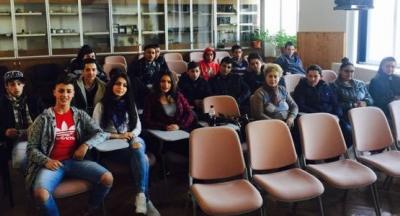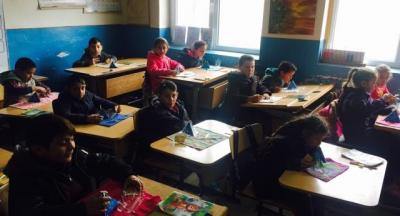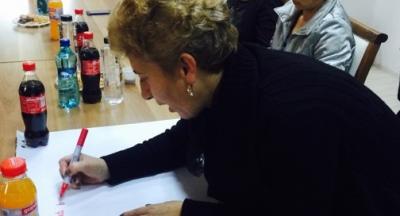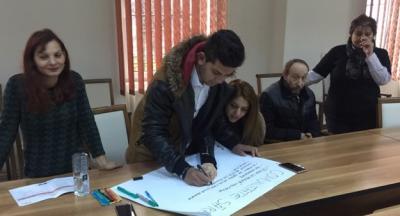Huedin
*Disclaimer: The information and views set out in this page do not necessarily reflect the official opinion of the Council of Europe and/or the European Commission. Neither the Council of Europe, the European Commission nor any person acting on their behalf may be held responsible for the use which may be made of the information contained therein.
Last update: 12/01/2017
Huedin is a city located at the northern edge of Apuseni Mountains, in Cluj County. The town also administers one village, Bicalatu. The last census data (2011) counted 9.346 inhabitants, out of which 28.88% are Hungarians and 11.45% Roma ethnics. In Huedin are living 1.700-1.800 Roma (unofficial); according to the Census, 1.100 declared themselves as Roma.
Roma population is divided as follows:
- Caldararii are living in large houses built downtown;
- Assimilated Roma are concentrated in Fildu, Ecaterina Varga, Horea streets (most of them are living from the guaranteed minimum income);
- Roma from Cetate are the most isolated, approximately 2-3 km from the city (having as main occupation picking mushrooms and berries).
Housing and social infrastructure:
The average number of people living in a Roma household is 6. Most of them live in unsanitary housing, with toilet in the yard, no sewerage nor gas. The most problematic living conditions are in Cetate.
Health and Employment:
Most of Roma are registered with a family doctor and benefit from a health mediator. Health projects were not implemented in the city, although it is needed.
Many Roma have qualifications obtained from EU funded projects in areas such as: agriculture, hospitality industry, cooking and pastry, construction etc. Still, the job market does not offer employment opportunities.
Education
Several needs were identified: educational and mentorship support, School after School or Second Chance programs.
The ROMACT Process
ROMACT process started on November 2016. The Community Action Group (CAG) identified some of the short/medium/long-term problems:
| Priorities | Problem 1 | Problem 2 | Problem 3 |
|---|---|---|---|
| Education | Schools need repairs, equipment, furniture, teaching materials | Lack of supplies (books, notebooks etc.), the necessity of a warm meal | Lack of elementary studies for Roma adults |
| Health | Lack of information regarding familial planning | The increasing number of pregnancies for minor | Risks of infections and diseases due to poor hygiene conditions |
| Infrastructure | Lack of water/ sewage/ electricity networks in the community | Malfunctioning garbage collecting system | Bad infrastructure system of roads, streets |
| Employment | Lack of minim educational level in order to achieve a job | Lack of vocational skills | Lack of local jobs |
Several trainings were also provided:
Trainings provided for the local administration:
Applying for European Structural Funds - project writing
Training session related to the Local development under the responsibility of the community - "Implementation of local development strategies in marginalized communities in the rural area and / or in cities with a population of up to 20,000 inhabitants, POCU (Human Capital Operational Program)
Activities involving the community action group:
Training on community development and civic participation
RMUSP Applications for students
On 25 April 2018, the Local Action Plan for Roma inclusion was adopted by a local council decision.




